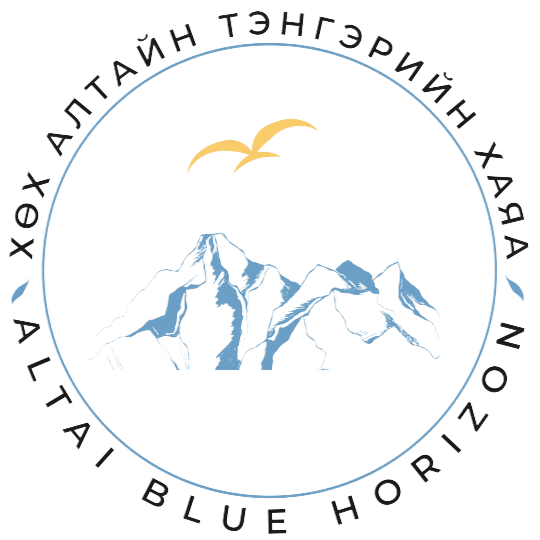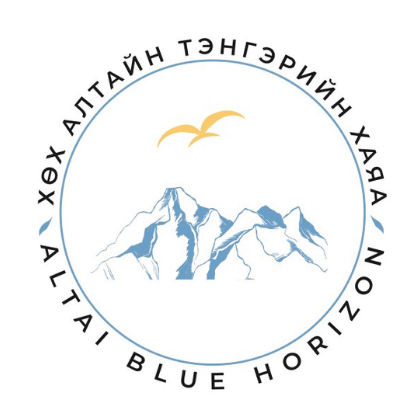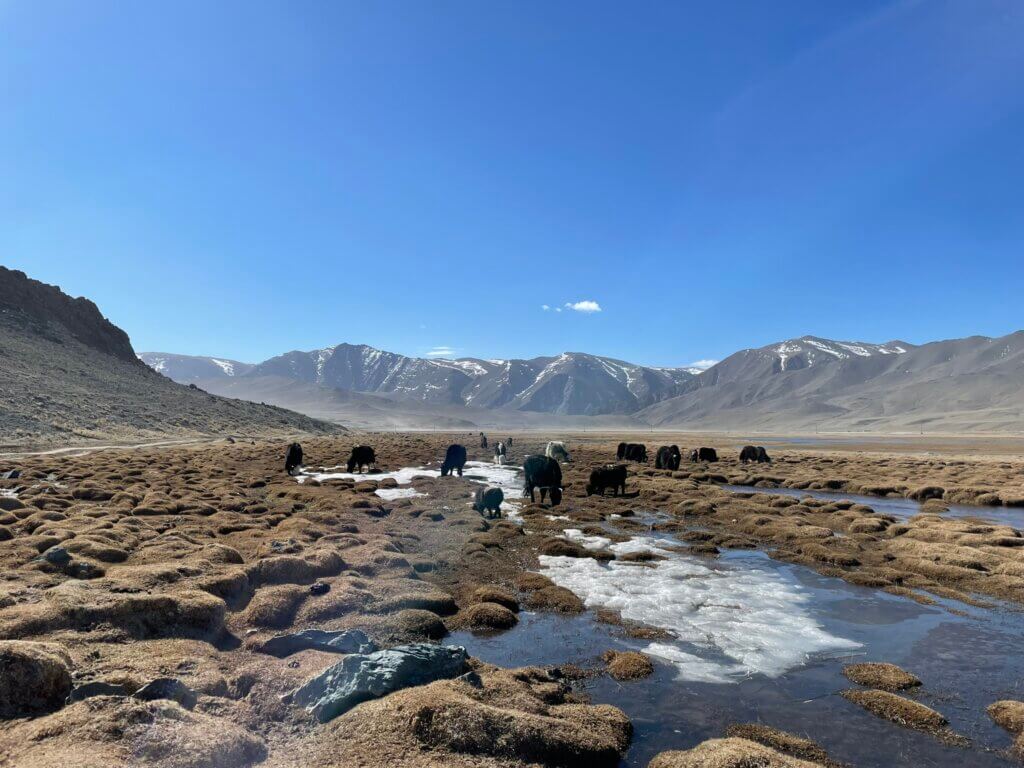
BAYAN-ULGII
A LAND OF BEAUTY, CULTURE, AND CHALLANGES
Tucked away in the Altai Mountains, Bayan-Ulgii is a land of breathtaking landscapes and deep-rooted traditions. Predominantly Kazakh, it is a place where nomadic heritage, Islamic customs, and rich craftsmanship meet—but despite its beauty, the province faces serious economic and social challenges.
MONGOLIA'S WESTERNMOST PROVINCE
Bayan-Ulgii is Mongolia’s only Kazakh-majority province, located in the country’s far west, bordering Russia and China, with Kazakhstan nearby. With 93% of its population being Kazakh, the province has a distinct cultural identity shaped by Islamic traditions, a strong nomadic heritage, and a thriving artisan economy.
The landscape is as unique as its people, stretching from the snow-capped Altai Tavan Bogd National Park to vast steppes, deep valleys, and crystal-clear lakes. The region is home to diverse wildlife, including Argali sheep, ibex, red deer, and golden eagles, making it a prime location for ecotourism and conservation efforts.
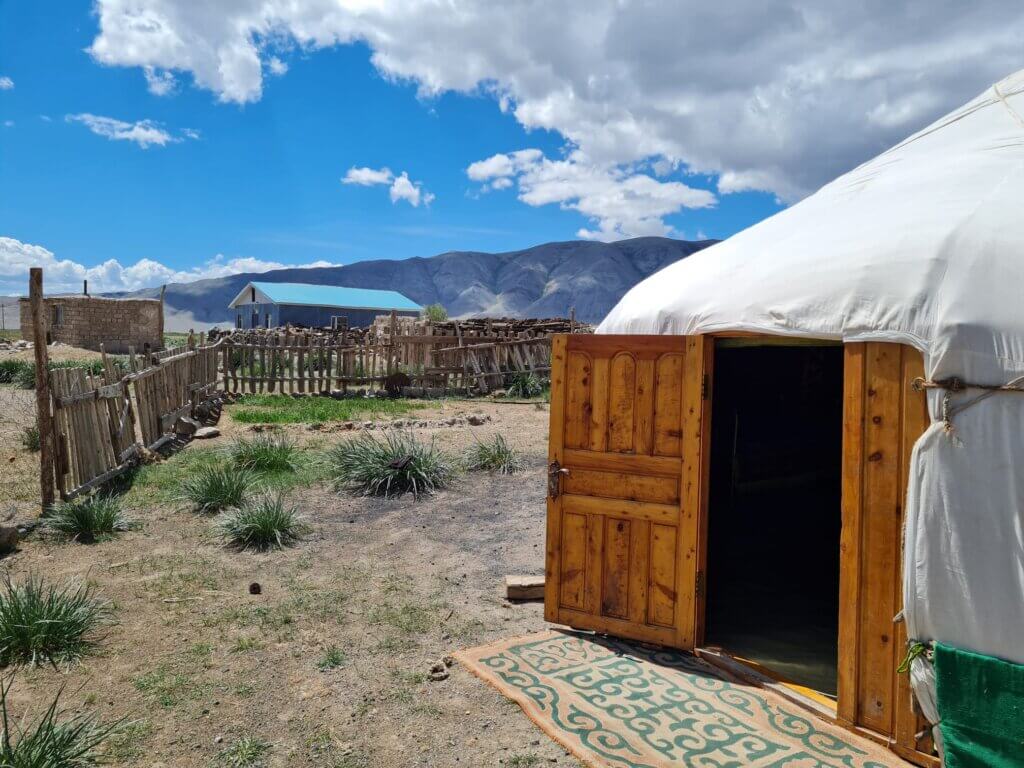
THE CULTURAL AND NATURAL BEAUTY OF BAYAN-ULGII
Despite its challenges, Bayan-Ulgii remains one of Mongolia’s most breathtaking regions. It is known for:
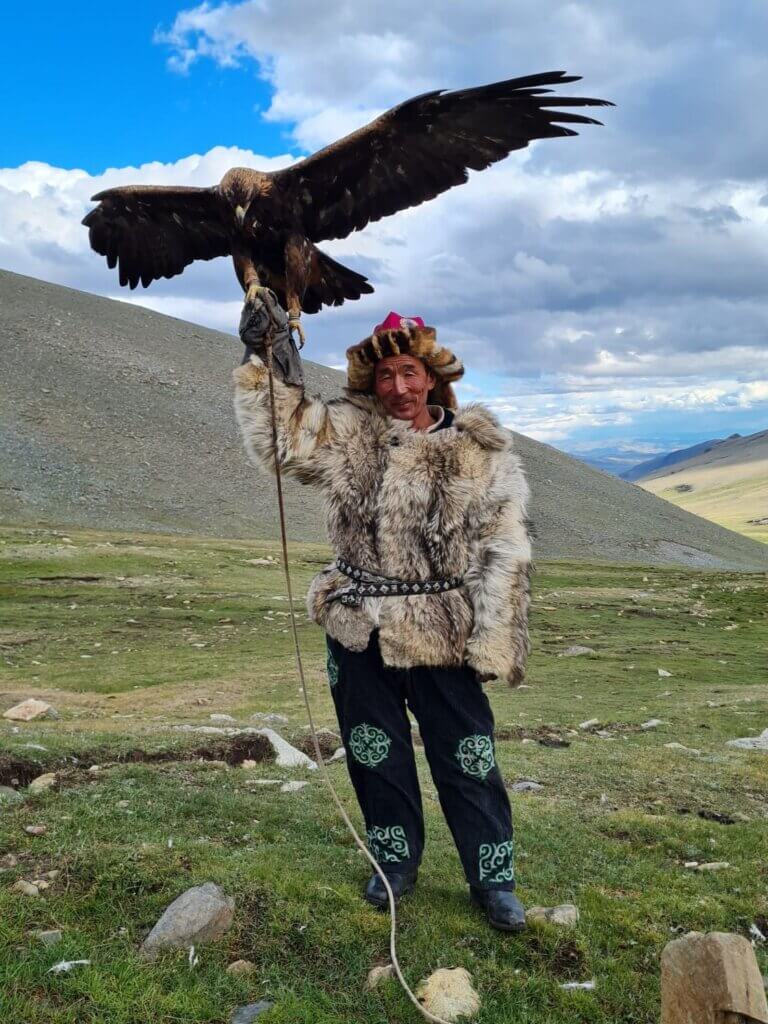
EAGLE HUNTING
Eagle hunting is a centuries-old Kazakh tradition where hunters train golden eagles to catch prey. It requires years of dedication and a deep bond between the hunter and the eagle. Today, this ancient skill is showcased at festivals and passed down through generations.
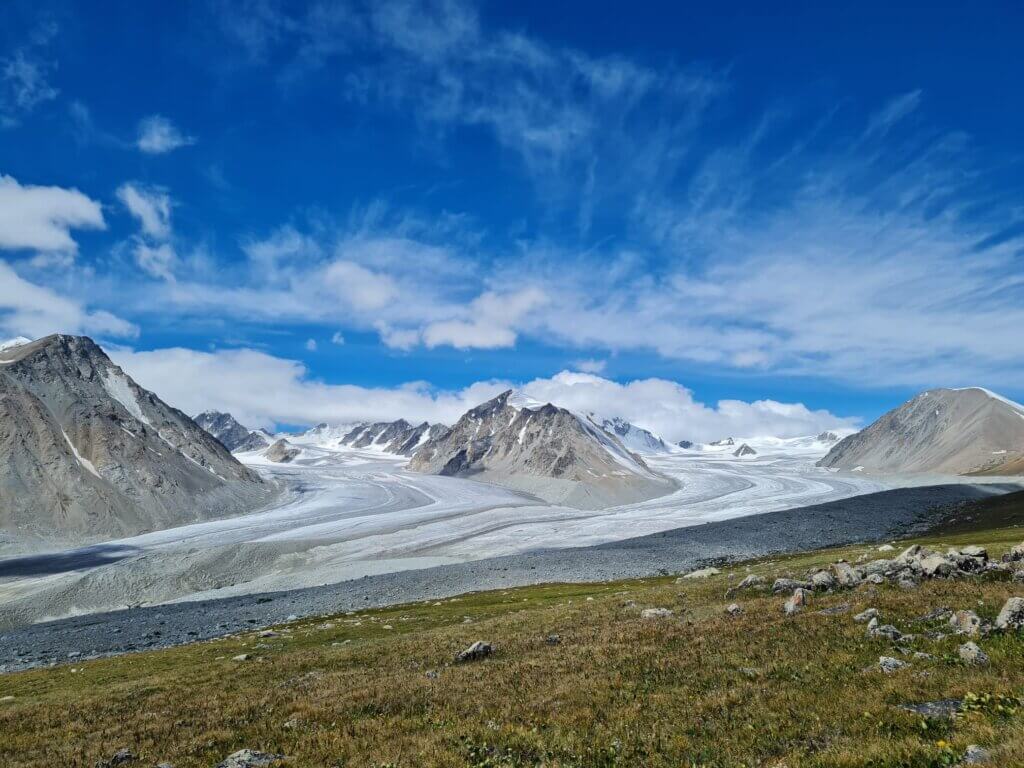
THE ALTAI MOUNTAINS
The Altai Mountains are Mongolia’s highest peaks, home to glaciers, alpine lakes, and diverse wildlife. Their untouched beauty makes them a paradise for adventurers, offering trekking, horseback riding, and mountaineering. These remote mountains also hold ancient petroglyphs and historical sites.
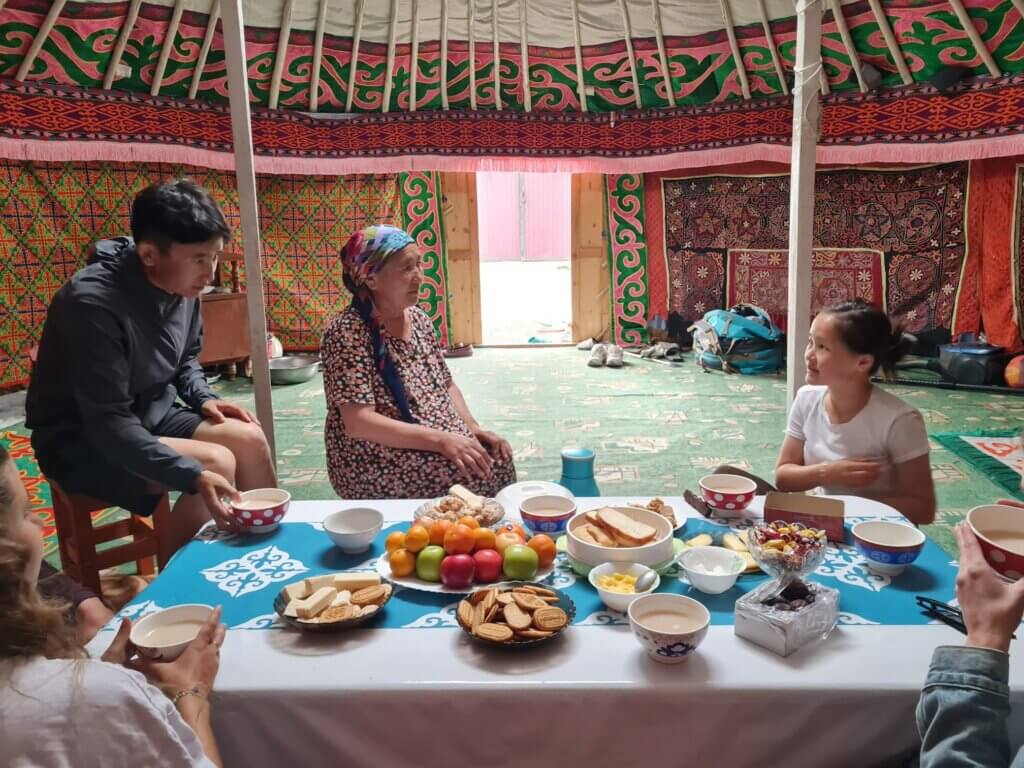
KAZAKH HOSPITALITY
Kazakh hospitality is deeply rooted in tradition, where guests are warmly welcomed with milk tea, homemade dairy products, sweets, and bread. Hosting visitors is seen as an honour, and every guest is treated with great respect, regardless of their background. This strong sense of hospitality reflects the Kazakh nomadic way of life.
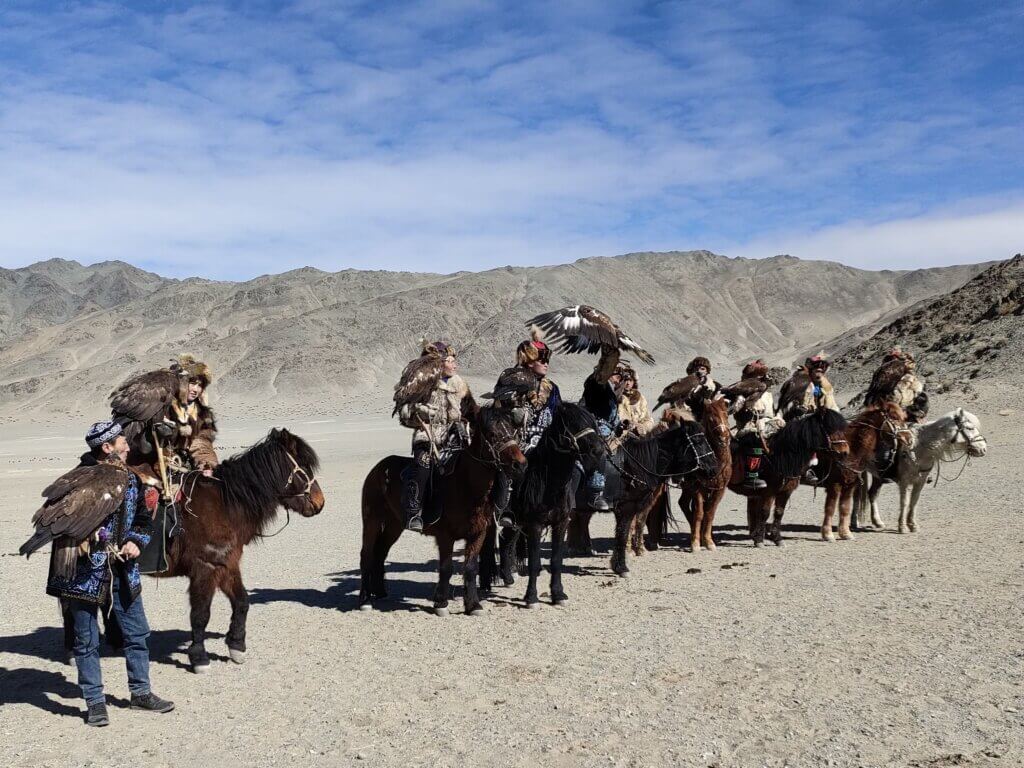
NOMADIC FESTIVALS
Nomadic festivals celebrate the rich traditions of Mongolia’s Kazakh community, bringing together families, hunters, and artisans. The Golden Eagle Festival is the most famous, showcasing the skill of eagle hunters in a competition. Other celebrations, like Nauryz, mark the coming of spring with music, dance, and horse races.
With its stunning landscapes, deep cultural roots, and adventurous outdoor opportunities, Bayan-Ulgii offers an authentic glimpse into Mongolia’s nomadic traditions.
NOMADIC TRADITIONS
For centuries, nomadic herding has been the backbone of life in Bayan-Ulgii. Families move with their livestock across the rugged terrain, relying on horses, yaks, sheep, and goats for survival. The Kazakh people are also renowned for their intricate embroidery, felt-making, and metalwork, passing these artisanal skills down through generations.
However, modernisation and climate change are transforming this way of life. Many families are settling in villages and towns due to economic pressures, shrinking pastureland, and environmental degradation. Yet, rural infrastructure and public services remain underdeveloped, leaving many communities without reliable access to healthcare and education.
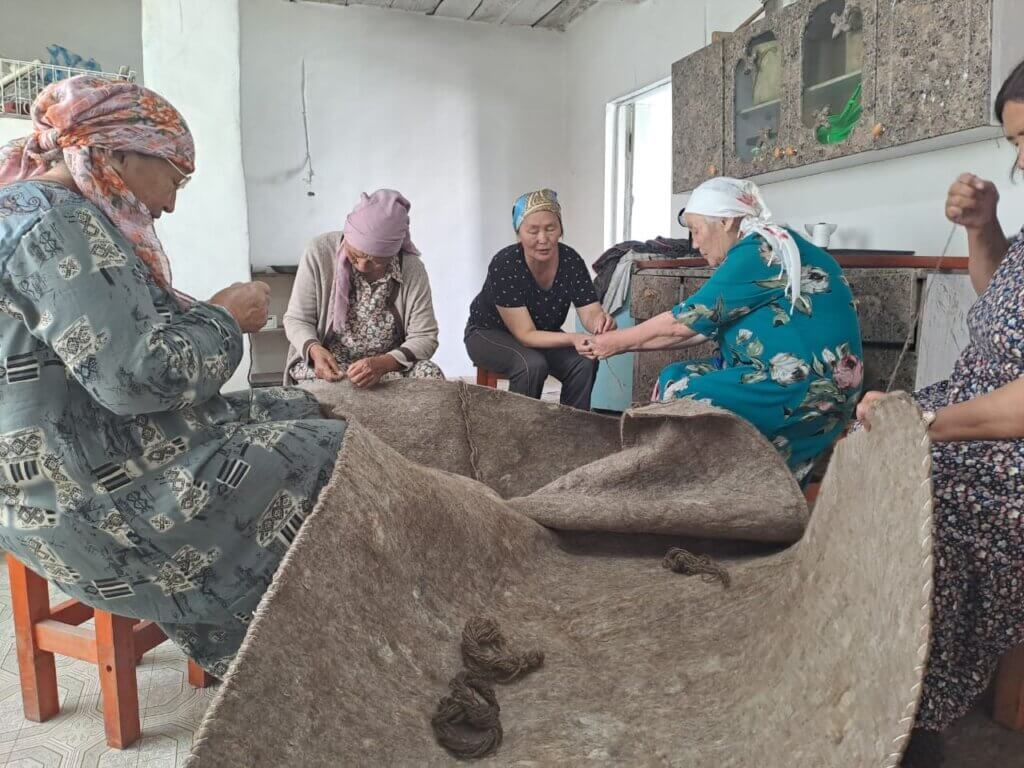
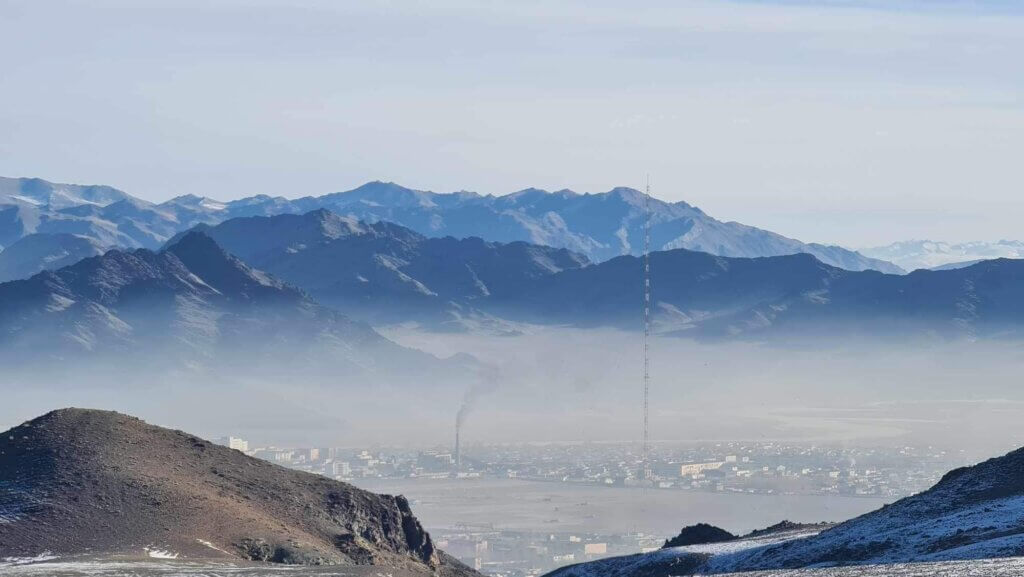
AN OVERLOOKED REGION
Unlike countries in Latin America, Africa, or Southeast Asia, Mongolia is rarely a priority for international development aid. The small population, remoteness, and low global profile mean that international NGOs and donor organisations overlook Mongolia, and few NGOs operate in Bayan-Ulgii, especially in education.
EDUCATION CHALLANGES
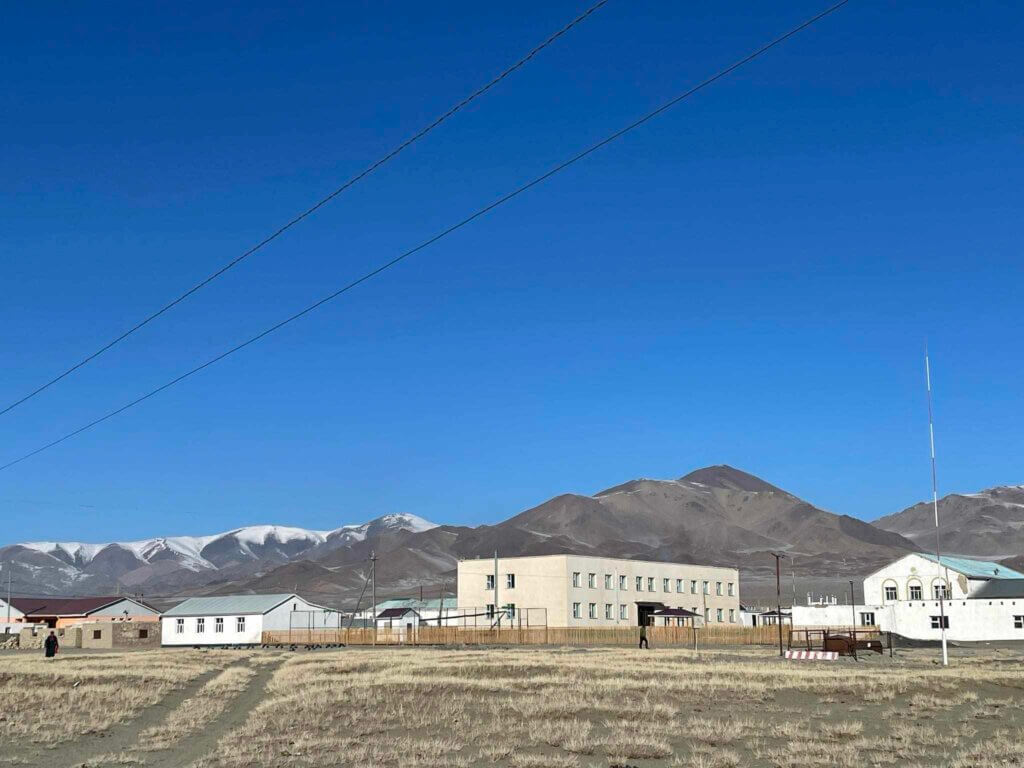
Education is available in every village, but schools face critical shortages. The main challenges include:
- Underfunded schools – Many lack books, materials, and properly trained teachers.
- Geographic isolation – Children in remote soums (districts) and baghs (villages) often travel long distances to school.
- Economic barriers – Many families prioritise herding over formal education, and private schooling is unaffordable.
- Limited special education – There are almost no educational resources for children with disabilities.
This lack of infrastructure creates deep inequalities. In smaller villages like Sogog, schools have far fewer resources than those in the provincial centre, making access to quality education even more difficult.
LIMITED INFRASTRUCTURE
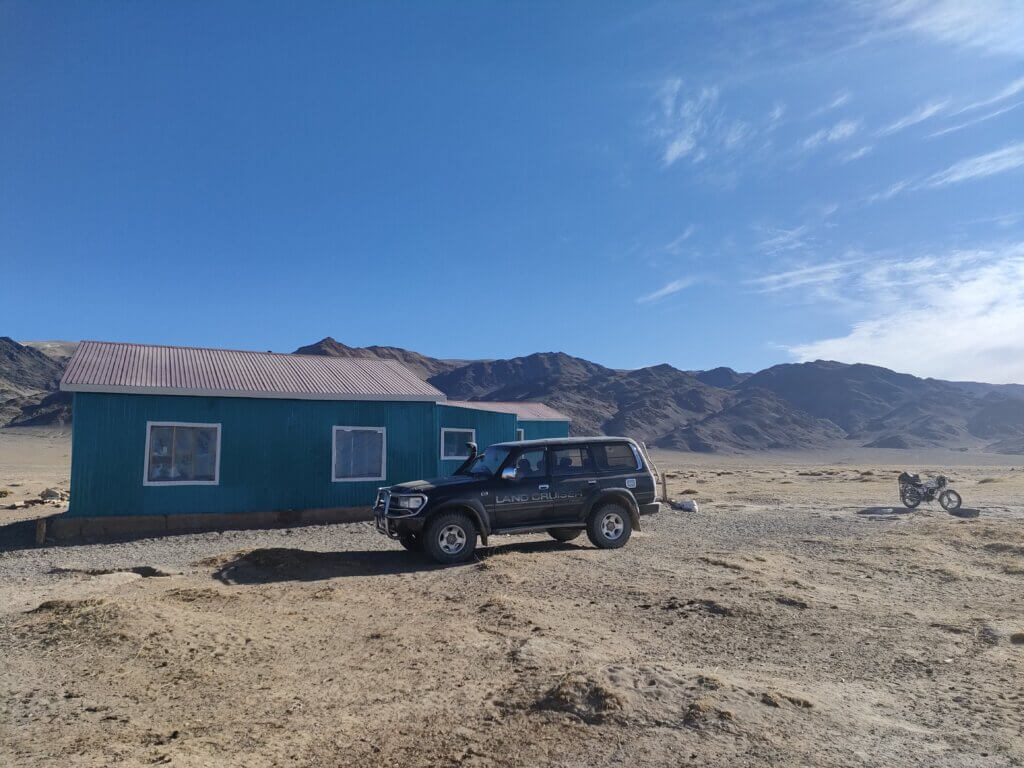
Bayan-Ulgii receives significantly less investment than other regions of Mongolia. Many areas face:
- Unreliable infrastructure – Limited electricity, water supply, and public services.
- Few paved roads – Most villages are accessible only by dirt roads and off-road vehicles.
- Limited healthcare access – Small clinics serve rural areas, with hospitals only available in Ulgii town.
The region’s economic isolation further limits growth. With few job opportunities and restricted access to markets, many families struggle to maintain stable livelihoods. Additionally, environmental degradation from mining and deforestation is reducing available pastureland, threatening the sustainability of traditional herding.
INVESTING IN THE FUTURE OF EDUCATION
The children of Bayan-Ulgii deserve equal access to education and opportunities. Unlike many larger organisations that focus primarily on Ulaanbaatar, Altai Blue Horizon is dedicated to making a direct impact in Bayan-Ulgii, where educational support is needed most. That’s why Altai Blue Horizon is committed to:
Providing free educational programmes for underserved communities and students.
Supporting teachers with training and teaching materials.
Strengthen local and international partnerships to improve education in the province.
